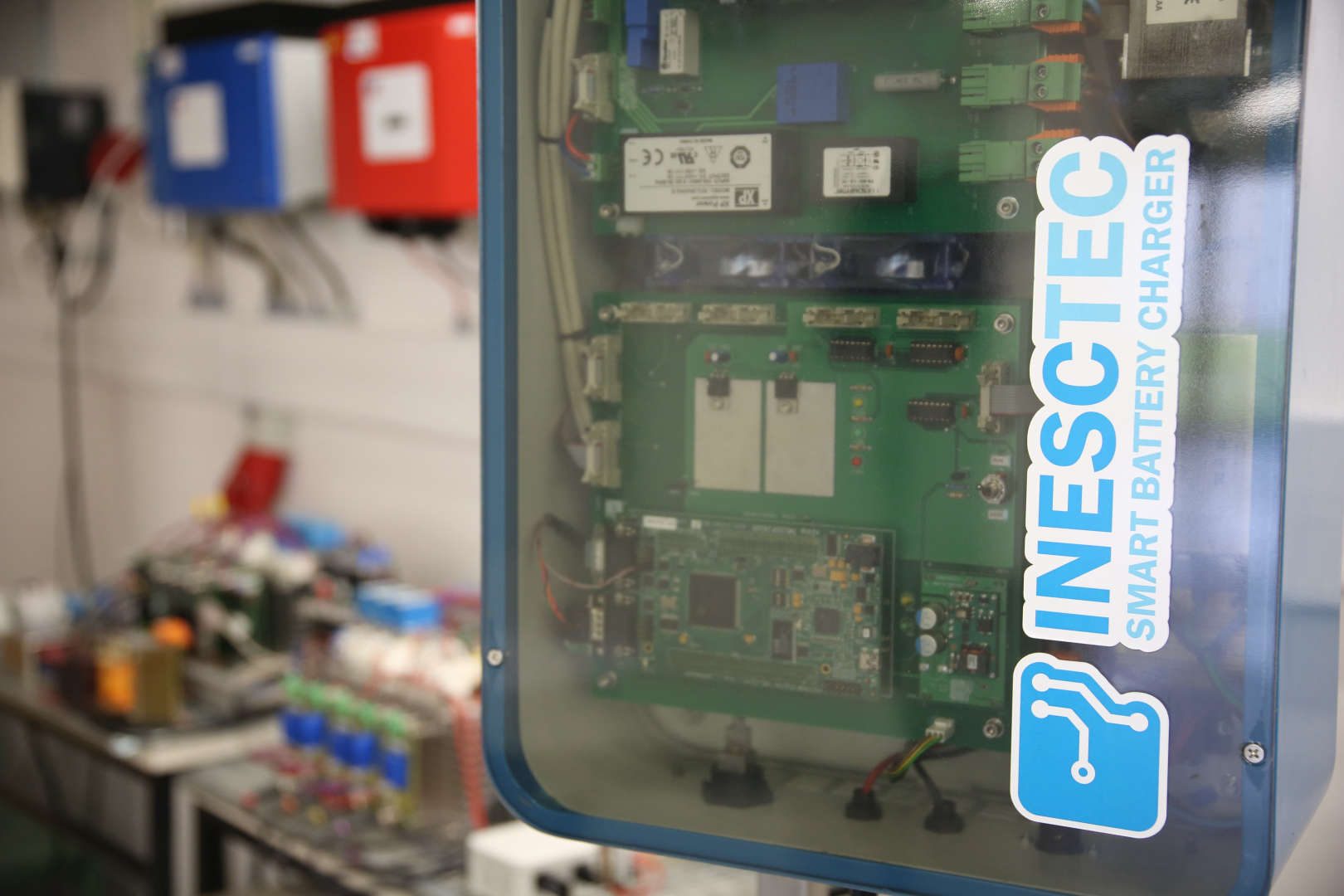About
I have graduated in Electrical and Computer Engineering in the area of Power Systems from the Faculty of Engineering of the University of Porto (FEUP) in July 2003. In the following year, I joined the Power Systems Unit of the Institute for Systems and Computer Engineering of Porto (INESC Porto) where I have been developing my research activities. In December 2005 I obtained the MSc degree in Electrical and Computer Engineering with a specialization in Power Systems from FEUP. I later obtained my PhD degree in Electrical and Computer Engineering, also from FEUP, in November 2010. My research interests have been directed towards the integration of Distributed Generation and Microgeneration in electrical distribution grids as well as to the development of advanced functionalities for Smart Grids involving Renewable Energy Sources, storage devices and Demand Response. More recently, I have been working in Energy Efficiency topics. In these areas, I have collaborated in the European FP5 MICROGRIDS project, FP6 MORE MICROGRIDS project and FP7 MERGE, SuSTAINABLE, iTESLA and evolvDSO projects, and H2020 SENSIBLE project, to name but a few. I was also involved in the national INOVGRID project with EDP Distribution (Portuguese DSO) and participated in several consultancy projects for EDP Distribution, EFACEC (Portuguese equipment manufacturer), EDA (System Operator of the Azores islands), GeSto Energia (Consulting company), among others. I was invited Assistant Professor at FEUP in 2015. In addition, I gave advanced training and presented technical workshops within the field of Microgrids and Smart Grids both in Portugal and abroad. Currently I am a Senior Researcher in the Centre for Power and Energy Systems (CPES) of INESC Technology and Science (INESC TEC), where I am project coordinator of the EU H2020 ATTEST project while also being involved in EU H2020 FEEdBACk and InteGrid projects and other consultancy projects. My main responsibilities are project management and development of specific tasks in R&D / consultancy projects, preparation of proposals for R&D / consultancy projects and writing of project deliverables, technical reports and scientific papers. I am also Assistant Professor at the Lusófona University of Porto (ULP) since 2011 and Programme Director of the Bachelor in Electrical Engineering of Energy Systems (1st Cycle) since 2019. I am author of more than 50 papers in peer-reviewed international journals and conferences (h-index of 12 according to SCOPUS), as well as author of a book and co-author of six book chapters.




